Badminton is a beloved sport enjoyed by millions around the world. In this article, we will explore the fundamentals of how to play badminton. From understanding the rules and equipment to mastering the essential techniques and strategies, we will guide you through the journey of becoming a skilled badminton player. Join us as we delve into the intricacies of this dynamic and exciting sport.
I. Getting Started: Understanding the Basics
1.1 The Objective of the Game
The objective of badminton is to hit the shuttlecock over the net and onto the opponent’s side in a way that it cannot be returned. The aim is to score points by forcing the opponent to make a mistake or by scoring a successful shot that the opponent cannot return.
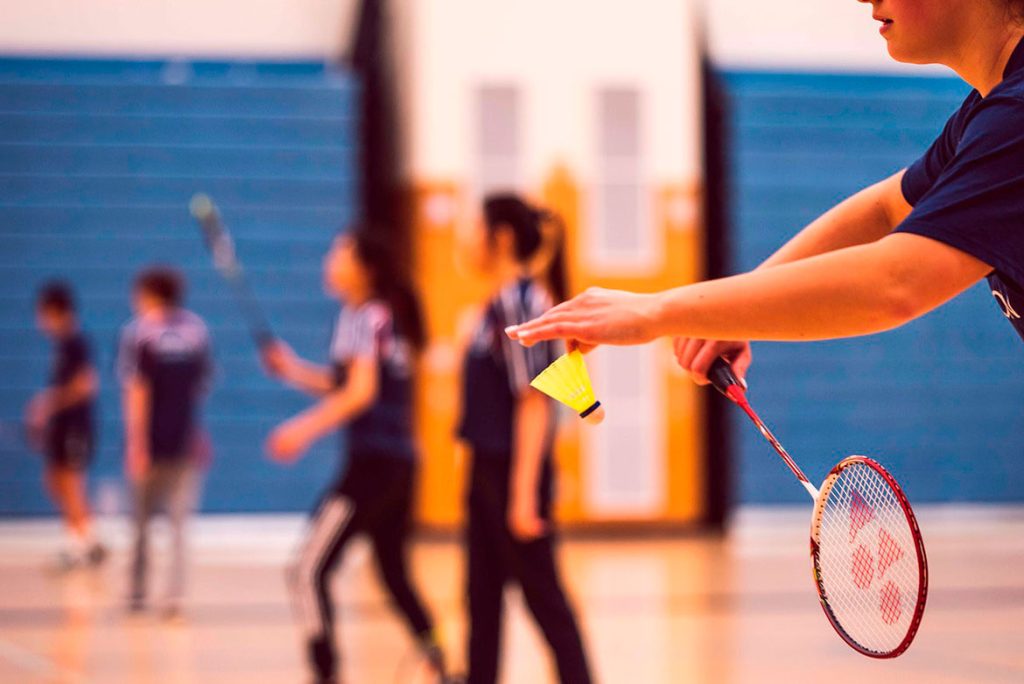
1.2 Equipment and Court Layout
To play badminton, you need a racket, a shuttlecock, and a court. Badminton rackets are lightweight and usually made of carbon fiber or other lightweight materials. The shuttlecock, also known as a birdie, has a cork base with feathers attached to it. The court is divided into a rectangular shape with a net in the center, which separates the two sides of the court.
II. Mastering the Techniques: Essential Skills to Learn
2.1 Gripping the Racket
A crucial skill in badminton is mastering the proper grip of the racket. The most commonly used grip is the forehand grip, also known as the shake hands grip. In this grip, the player holds the racket as if they are shaking hands with it. The thumb is positioned on the wider side of the racket handle, while the other fingers wrap around the grip. This grip provides excellent control and versatility, allowing players to execute a wide range of shots with precision.
In addition to the forehand grip, mastering the backhand grip is essential for executing shots on the non-dominant side of the body. The backhand grip involves using the same hand configuration as the forehand grip but slightly adjusting the position of the thumb and fingers to accommodate a different angle for backhand shots. By practicing and familiarizing oneself with these essential grips, players can develop a solid foundation for their badminton technique.
2.2 Footwork and Court Coverage
Good footwork is a key aspect of playing badminton, enabling players to move swiftly and efficiently around the court. Effective footwork allows players to reach shots in time, maintain balance, and position themselves correctly to execute various shots with ease. Developing fluid and precise footwork is essential for maximizing performance on the court.
Mastering footwork involves understanding different footwork patterns such as the side-to-side shuffle, the forward lunge, and the diagonal step. These footwork patterns enable players to cover the court effectively, responding to their opponent’s shots and maintaining their positioning during rallies. Utilizing short, quick steps for fast reactions and longer, wider steps for covering more ground assists in maintaining fluidity and efficiency in movement.
Furthermore, it is important to emphasize the importance of a proper stance while moving on the court. A slightly crouched position with knees slightly bent helps maintain balance and agility. The weight distribution between the legs should be balanced, enabling quick adjustments and rapid movements in any direction. Developing the ability to move swiftly and effortlessly with efficient footwork ensures that players are always in the optimal position to respond to their opponent’s shots and execute shots themselves.
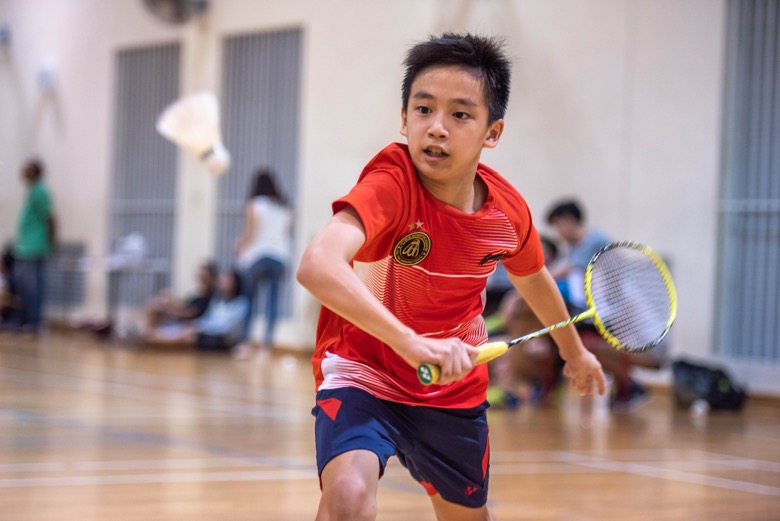
III. Shots and Strokes: A Variety of Techniques to Master
3.1 The Serve: Initiating the Game
The serve is the starting point of every rally in badminton. There are two main types of serves: the high serve and the low serve. The high serve sends the shuttlecock high into the opponent’s court, while the low serve is a flatter, more controlled serve that stays close to the net. Mastering these serve techniques will give you an advantage from the start of each game.
3.2 Smashes, Clears, and Drop Shots: Offensive and Defensive Tactics
Mastering a variety of shots is crucial in badminton, as it allows players to strategically control the game. Smashes are powerful overhead shots aimed at forcing the opponent to make a weak return. Clears are shots that send the shuttlecock high and deep to the opponent’s backcourt. Drop shots involve hitting the shuttlecock just over the net, causing it to fall quickly and close to the net. Understanding and practicing these shots will help you dominate the game both offensively and defensively.
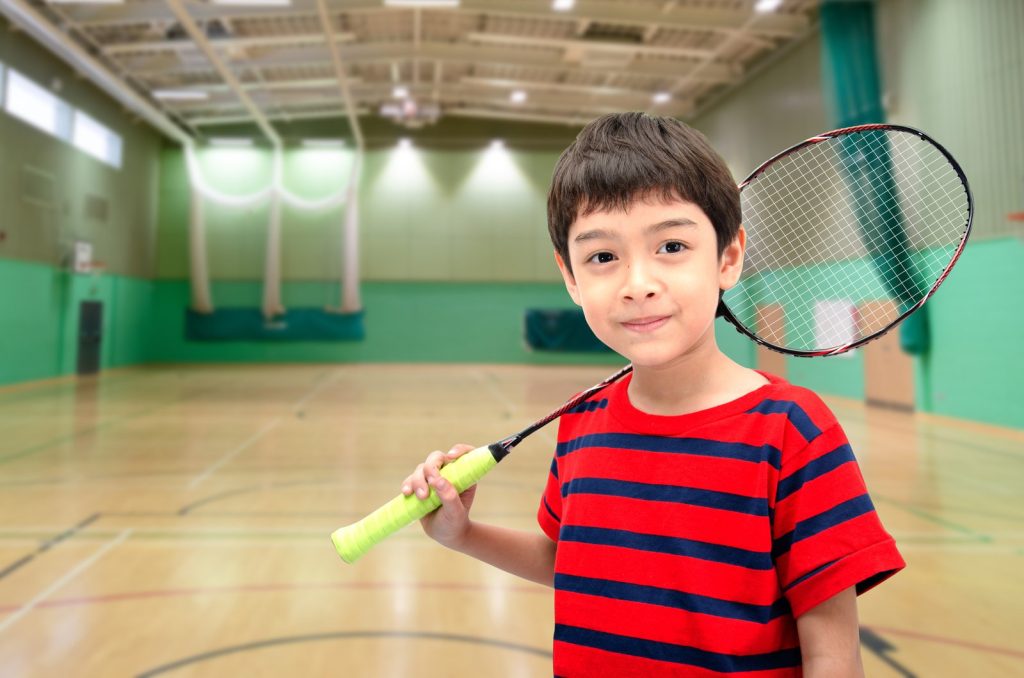
IV. Strategies and Tactics: Outsmarting Your Opponents
4.1 Singles vs. Doubles: Adapting Your Game
Badminton can be played in singles or doubles. Each game format requires distinct strategies and tactics. In singles, players rely more on agility and deception, aiming to exploit their opponent’s weaknesses. Doubles focus on teamwork, communication, and court coverage. Understanding the differences between singles and doubles will help you adapt your game and maximize your chances of success.
4.2 Offensive and Defensive Tactics
In badminton, it’s essential to be adaptable and switch between offensive and defensive tactics based on the game situation. Offensive tactics involve putting pressure on the opponent with aggressive shots, while defensive tactics aim to counter the opponent’s attacks and force them into making mistakes. Mastering both offensive and defensive strategies will keep your opponents guessing and give you the upper hand.
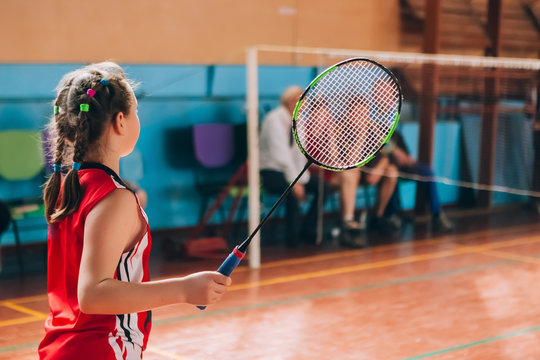
V. Physical and Mental Conditioning: Preparing for Peak Performance
5.1 Fitness and Endurance
Badminton requires agility, speed, strength, and endurance. Regular physical conditioning, including cardio exercises, strength training, and flexibility exercises, will help improve your overall fitness level and performance on the court. Building stamina and endurance will allow you to play with intensity throughout matches and stay mentally focused.
5.2 Mental Preparation and Focus
In addition to physical conditioning, mental preparation is essential for peak performance in badminton. Developing mental discipline, focus, and resilience will help you stay calm under pressure, make quick decisions, and adapt to changing game situations. Mental strategies, such as visualization and positive self-talk, can enhance your performance and give you a mental edge on the court.
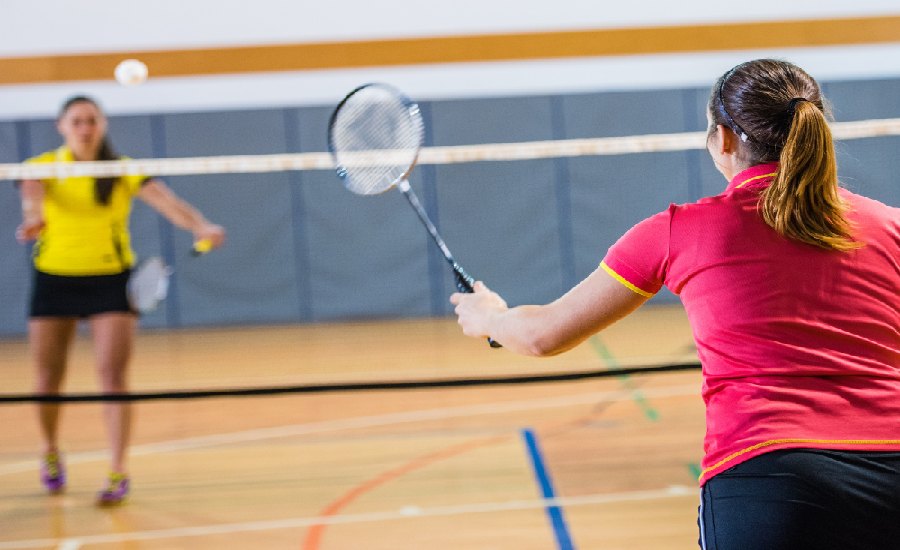
Embrace the Challenge and Enjoy the Game
In conclusion, playing badminton is an exciting and rewarding experience. Understanding the basics, mastering techniques, and employing effective strategies will elevate your game and enhance your enjoyment of this dynamic sport. With practice, dedication, and a passion for the game, you can become a skilled badminton player and engage in thrilling matches with friends and opponents alike. Embrace the challenge, have fun, and let the shuttlecock fly as you embark on a journey to master the game of badminton.
